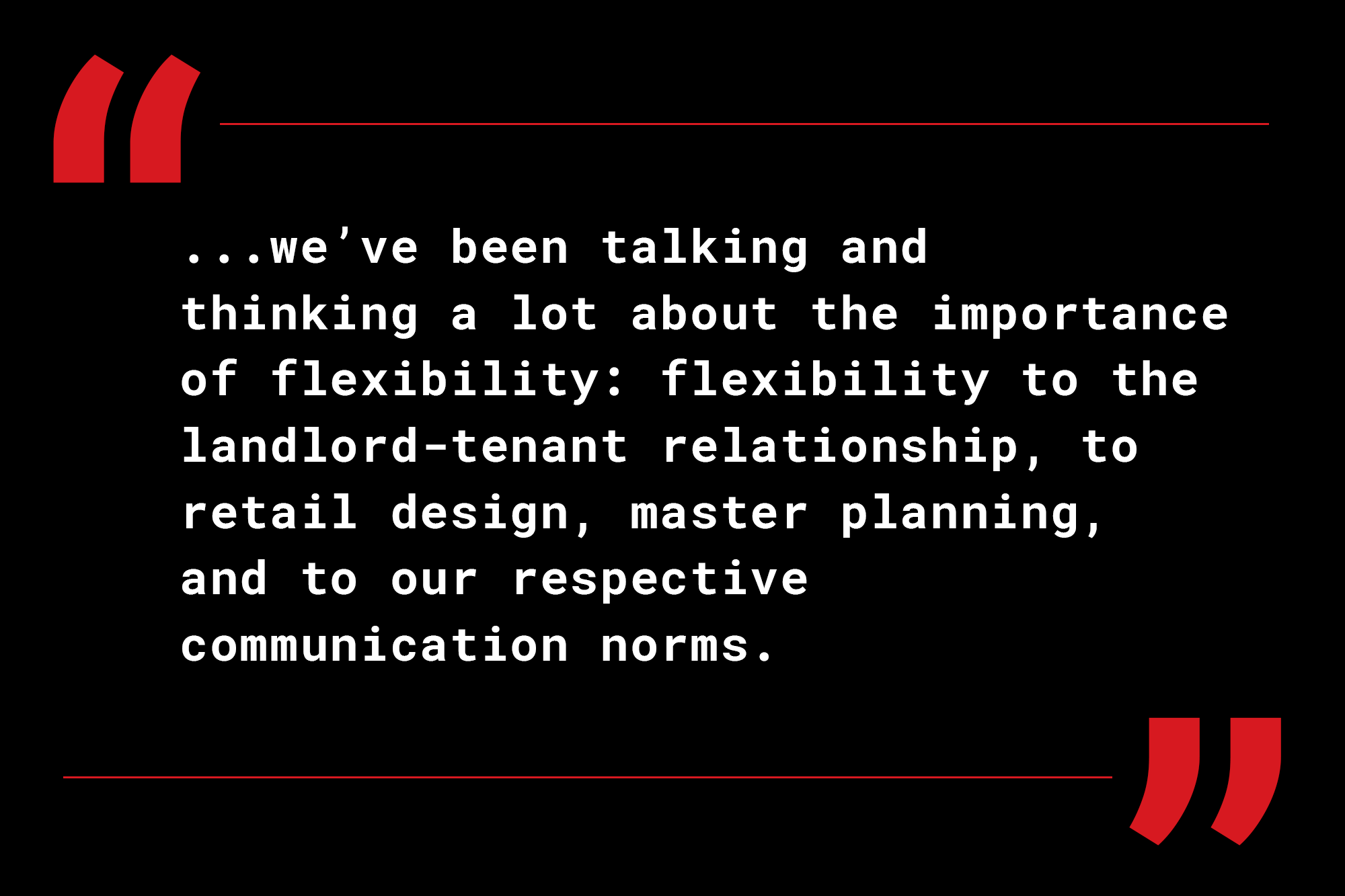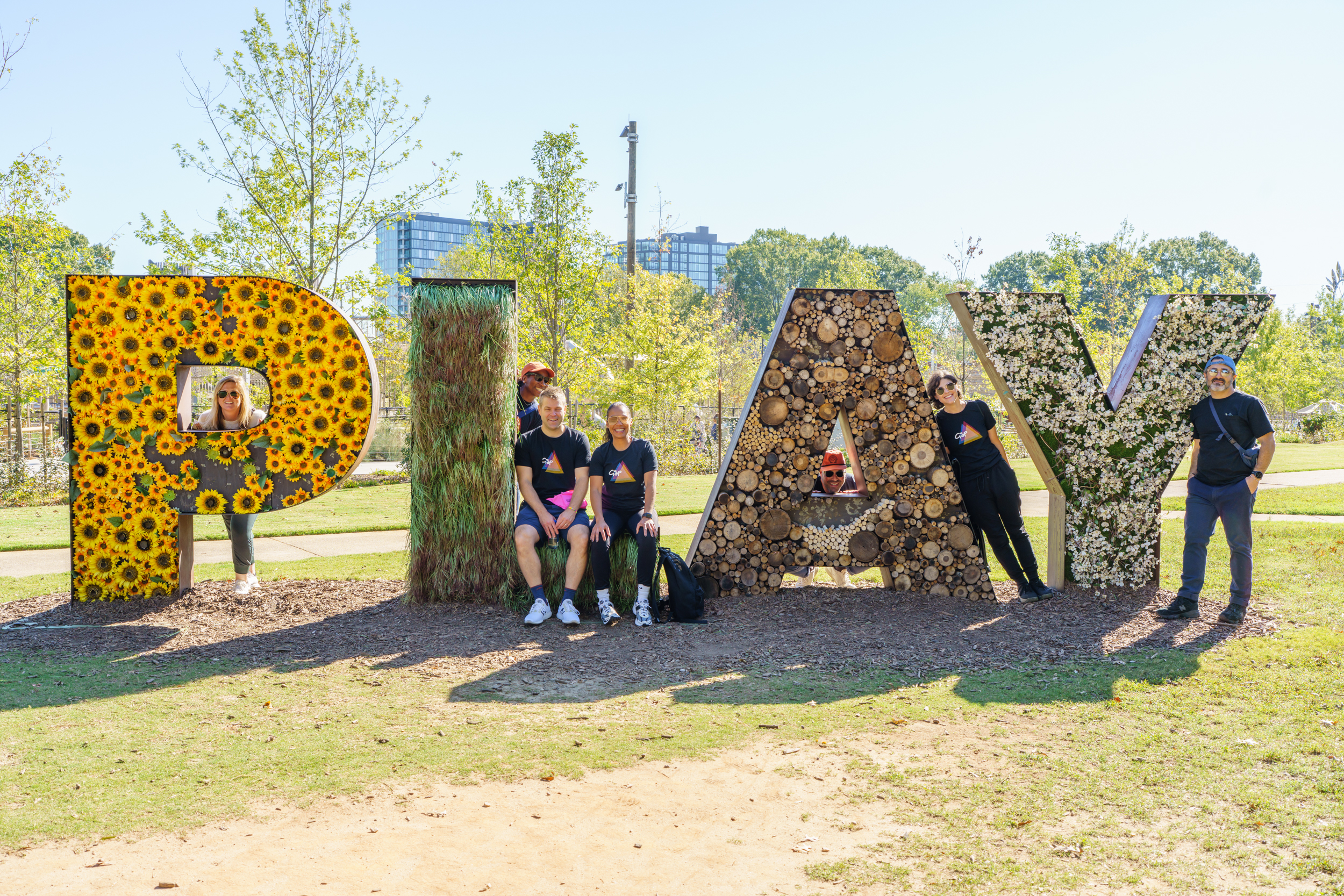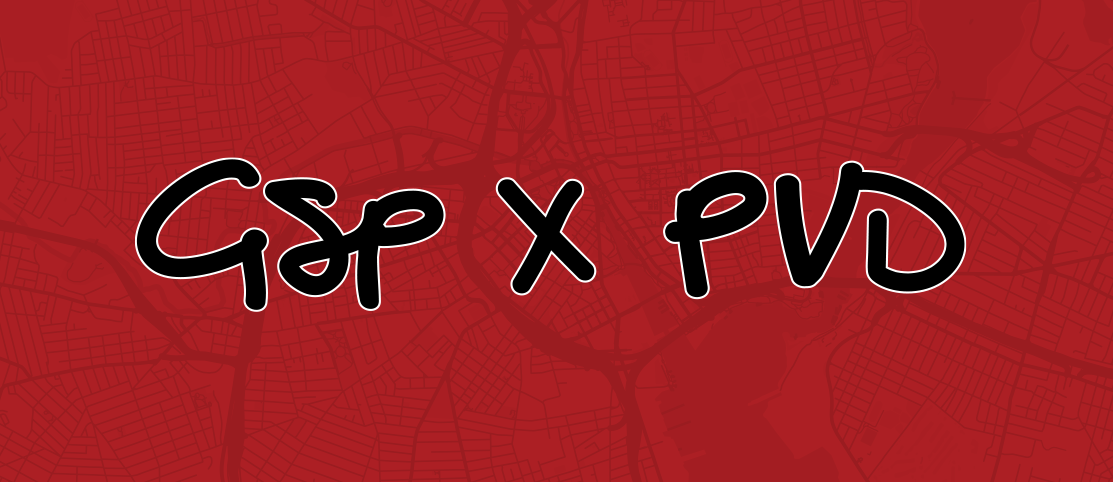Update #8: Now What?
Dear Clients & Colleagues,
Today, May 4th, was the day that Massachusetts was supposed to “reopen.” There will be no reopening today in MA though, as the Executive Order closing all non-essential business has been extended to May 18th. Regardless of the Order expiring on the 18th or otherwise, any “reopening” of our gathering spaces and retail establishments will be only a partial return to what things looked like pre-coronavirus. This is a certainty. But despite this, our spirits are high here at Graffito, because it does feel that we are collectively entering a new phase in responding to this crisis: shifting from panic and shock to problem solving and opportunity assessment.
My prior emails to you all have followed this evolution from shock to problem solving. March updates aimed at aggressively warning you re: the existential threat to the retail industry that was upon us. Early and mid-April communications focused on issue spotting and sharing realities from the tenant perspective. Only more recently have these emails (and our blog generally) been about our efforts here at Graffito to understand and respond to our new world.
In our work over the past few weeks we’ve been talking and thinking a lot about the importance of flexibility: flexibility to the landlord-tenant relationship, to retail design, master planning, and to our respective communication norms. Many of you are asking us “how should we be rethinking our projects and goals now that we are in a COVID-19 reality?” In processing the potential answers to this question I am realizing that much of what we have been saying for years at Graffito remains true, only now it is just more timely.
Because retail and entertainment are changing so much more rapidly than residential, office, hotel and lab uses, we have always touted phased and flexible design in the way we build and program our ground-floor spaces and places. We’ve been asserting since early 2019 that retail was going to change more in the five years between 2020 and 2025 than it did in the prior twenty. What we know now though is that there will probably more change in the next year or two than the next five… And as retail changes, our neighborhoods change too.
The best way for me to understand and preview the changes coming is by looking to the following four categories, all of which are core to our work and are the main service areas we play in:
- Retail Planning & Development
- Master Planning & Urban Design
- Food & Beverage Leasing
- Branding & Communications
Retail Planning & Development
Most of our projects are planned and permitted over many years and take just as much time to be built and occupied. Even before COVID-19 it was hard to plan for the future of retail in our multi-year and multi-phased projects. But we have always embraced a set of consistent principles and thinking in our work, which are now even more important:
- Ground-floor planning must consider more than just retail merchandising and embrace an approach that looks at a network of active use spaces ranging from lobbies to parks and plazas to sidewalks;
- In additional to horizontal synergies at the ground plane, vertical synergies and co-dependencies must also be incorporated into retail planning and leasing (Who are the upper-floor real estate users? How will building designs be dictated by the office, lab or resi needs above? etc.); and
- The best retail merchandising plans are rolled out in phases and are iterative; therefore our work whenever possible shall include temporary and tactical urbanism efforts that facilitate context specific learning, community organizing, and experimentation that helps with subsequent retail decision making and leasing.
Understanding retail as just one activation tool for our neighborhoods is key to our thinking. And now that retail is in tailspin it is even more important to think of retail as just one piece of the puzzle in creating vibrant and valuable places.
Master Planning & Urban Design
The careful design of the places and spaces where a project’s private and public realm meet is threshold to all of our projects. And this intersection happens first and foremost on the ground plane. Getting this piece right touches urban design, architecture, landscape architecture, transportation planning, and civil engineering, among other disciplines. All of this gets a bit murkier as retailers and humans behave in new and unexpected ways. For the foreseeable future we need to keep in mind things like contactless curbside pickup, storefront design, delivery infrastructure, and indoor and outdoor space planning that respects and facilitates social distancing. I am not suggesting we redesign our cities just for the next few years of coronavirus madness, but I am suggesting we will need to consider all of this to ensure public safety and pedestrian wellbeing. And I also believe that the short-term consideration of such will have impacts that extend far beyond the period of time in which we are dealing with this virus.
Food & Beverage Leasing
I say food & beverage because I think just saying “restaurant” is outdated already. Our restaurants of the next few years will not just be restaurants. They will be distribution hubs, commissaries and miniature grocery stores. Transactional norms will change (as documented in last week’s update) but equally as important are the other shifts that are coming.
Restaurant leasing in 2021 and beyond will require that we think differently and more dynamically about loading zones, storefront functionality, and kitchen design. It also means rethinking that large-format 300+ seat restaurant some of you were planning for… I anticipate the small-format bistros that are cheaper to build, easier to control, and more neighborhood focused will make a return to prominence. And I see the quick-service footprint continuing to get smaller too, as our network (and supply) of commercial kitchens will grow rapidly in the years ahead allowing more operators to do more cooking off-site and shrink square footage needs for core urban locations. This physical contraction in premises sizes will be further spurred by a consumer shift to (and comfort with) delivery and other off-premises meal replacement options.
Branding & Communications
Communications and branding work in the near-term must increasingly find the right tone, while being clear and direct. Never has personal safety and public health in our public places been as front and center as it will be in the years ahead. This will not only put added emphasis on the need for excellent and informative websites and social media campaigns, but also on the importance of environmental graphics and wayfinding systems in the physical world. The branding and designing all of these objects and platforms in tasteful and beautiful ways will be wildly important.
At the same time as we rethink graphic design and messaging in the physical world, a push to substitute in-person experiences with virtual ones is afoot. Brooke wrote about this in her blog post “Let’s Get Digital: Creating A Virtual Sense of Place” last month and I also expect to see a further uptick in our use of VR and AR in real estate, entertainment and shopping in the months ahead. All of this is a lot to process, but it’s all coming…
—–
The answer to “now what?” involves the further contemplation and study of all of the above areas. And despite some of the predictions and assertions herein, I recognize that there are far more unknowns right now than knowns. But the mere fact that our clients and collaborators are asking about (and embracing) needed shifts in development thinking, planning and deal-making is reason for optimism. It signals a collective acknowledgment of the severity of this crisis and an acceptance that the retail world is going to be a far different place after coronavirus than before. This is progress.
More on these topics and more in the coming days on the Graffito blog and I’ll be back to you a week from today with update #9. Thanks for reading and please keep in touch this week,
/Jesse
- Branding & Communications
- COVID-19
- Food & Beverage Leasing
- Jesse Baerkahn
- Master Planning & Urban Design
- Retail Planning & Development




